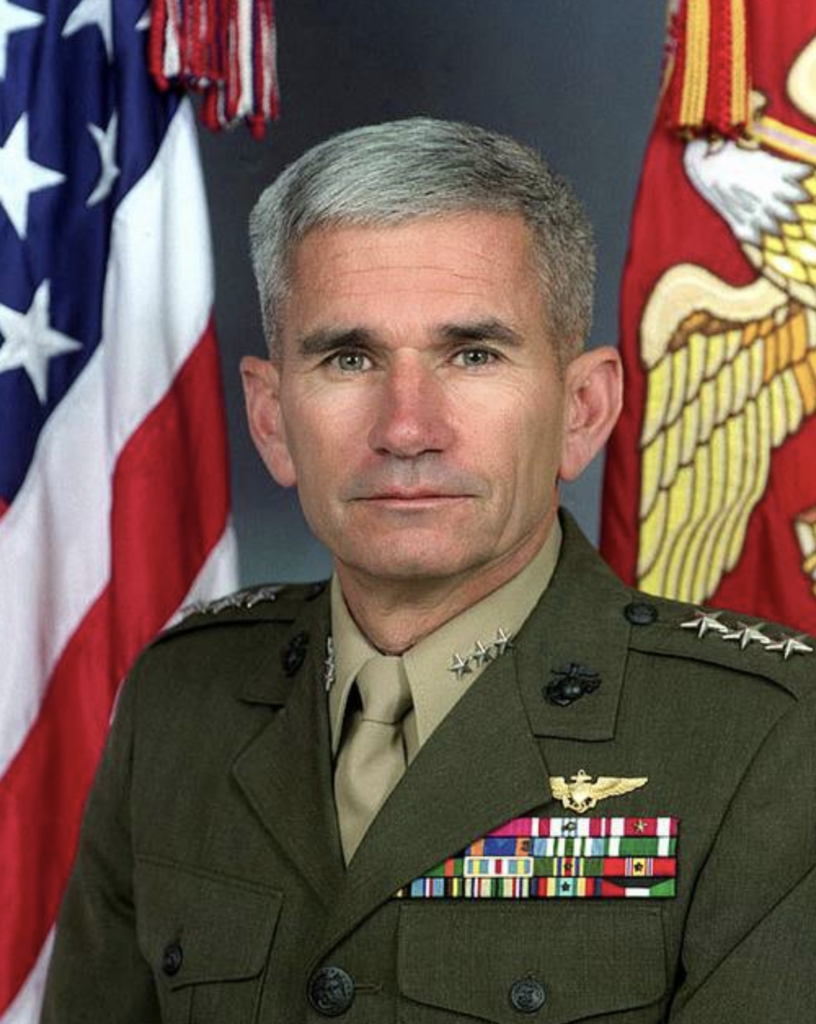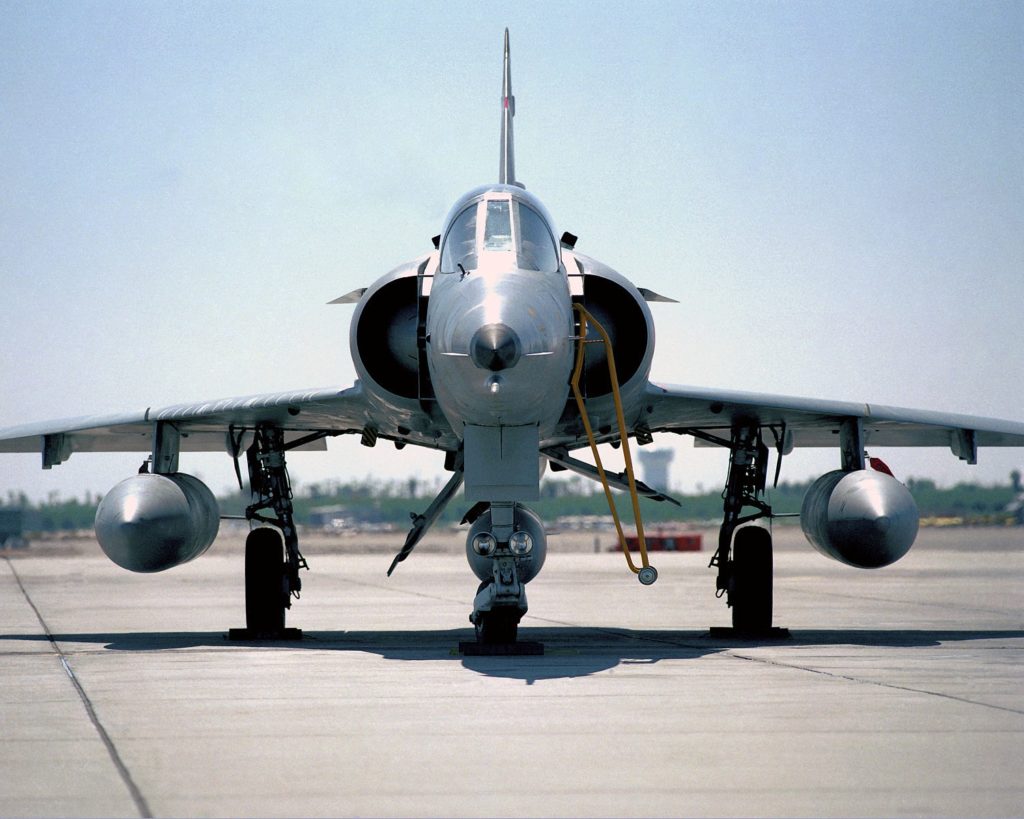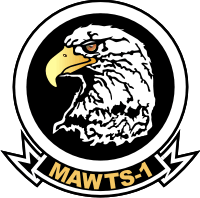The 8th Commander of MAWTS-1: LtGen Barry Knutson Jr.
Barry “Knute” Knutson entered military service after graduating from the University of New Mexico in 1969. In 1986 he became the first commanding officer of Marine Fighter Training Squadron 401 and commanded it through its first two years as it introduced the Israeli built KFIR aircraft and stood up as the Marine Corps’ first and only adversary squadron. He retired as a U.S. Marine Corps Lieutenant General.
He served as the eighth CO of MAWTS-1 from May 28, 1992 through June 3, 1994. He provided us with a wide-ranging perspective on the evolution of Marine Corps during his time in service. And the discussion of MAWTS-1 in that context really underscored a critical point – MAWTS-1 goes where it needs to work with whomever is solving problems which are critical to the USMC.
“Dragon” Brinkley had made the point to us that the Marines are the ultimate scavengers, who will go where they need to find what they need to be effective.
Throughout the interview, Knutson highlighted the Marine Corps focus which he was significantly involved in in training to operate against Soviet integrated air defense systems and to be able to do in order to provide the kind of ground support which was necessary.

During his time in MAWTS, they worked with the Tucson Air National Guard who were the specialists in low altitude flying. As Knutson noted: “Working with them enhanced our capability to do these missions significantly.”
A major focus of attention was as well on EW in the context of being able to provide close air support. Knutson underscored that their focus on this core competence was worked with the USAF at Nellis and using the range at China Lake. Again this is an example of MAWTS going where it was best to go to become proficient in a core competence.
A key development associated with MAWTS-1 is getting an adversary squadron, namely the USMC fighter training squadron 401.
In a story written by Rick Llinares and published by Naval Aviation News in January-February 2002, the squadron was described this way:
“On any day of the week, Marine Corps aircrews face off against some of the finest adversary fighter pilots in the world. They fight an “enemy” who probably has more experience and skill and who rarely makes mistakes.
“Fortunately for them, they are fighting the Snipers of Marine Fighter Training Squadron (VMFT) 401. These experienced air combat tacticians are masters in the art of air combat tactics training. Their job is to play the bad guy in order to teach Marine pilots about the threats they are likely to face in the world of aerial warfare. VMFT-401 is a reserve unit under the command of the 4th Marine Air Wing, based at Marine Corps Air Station (MCAS) Yuma, Ariz. Activated in March 1986, it is the only dedicated adversary tactics training squadron in the Marine Corps, providing dissimilar air combat tactics instruction to both active and reserve Fleet Marine Force and fleet squadrons.
“By June 1987 the first VMFT-401 Israeli-built F-21A KFIR fighters on loan from Israeli Aircraft Industries had been delivered, and the Snipers logged more than 4,000 accident-free sorties in support of 16 major exercises during the first year. In 1989, the squadron began transitioning to the Northrop F-5E Tiger II, an aircraft used by Air Force aggressor squadrons.”

We learned in our interview with Brinkley that Secretary Lehman played a key role in getting MAWTS the KFIR which allowed them to set up the aggressor squadron. Knutson who was at the meeting when Brinkley asked for Lehman’s help provided his own recollection on the event.
“Lehman came to dinner at MAWTS, and I attended as a LtCol. Lehman was very upset by the loss of Navy aircraft over Lebanon. He told Brinkley that MAWTS had done a lot to advance tactics for Navy aviation, but what do you need going forward? Brinkley said that he needed supersonic adversaries. And the very next day he created a deal with the Israelis to get 26 KFIRS shipped to the U.S. to play that role. I was then asked to stand up VMFT-401 using the KFIRS.”
Knutson had a good offer to go to another squadron but found the new adversary squadron too interesting to turn down. The new squadron would have an active-duty Colonel in charge of the wing with 8-10 full time reservists and 8-10 weekend warriors. The maintenance department was supported by Israelis who moved to the area headed by an IDF colonel.
We concluded by focusing on the importance of the location in Yuma for MAWTS-1. They had their own ranges, including shared access with Luke AFB on the Goldwater range. They could fly North and work with USAF and U.S. Navy on their ranges and they could fly West and work with the West Coast Marines at Pendleton and use San Clemente Island.
In short, under Knutson’s leadership and his fellow MAWTS CO’s ‘ MAWTS-1 contributed significantly to learning how to provide air support to Marine MAGTF’s while confronting Soviet and Soviet like integrated air defense systems.

